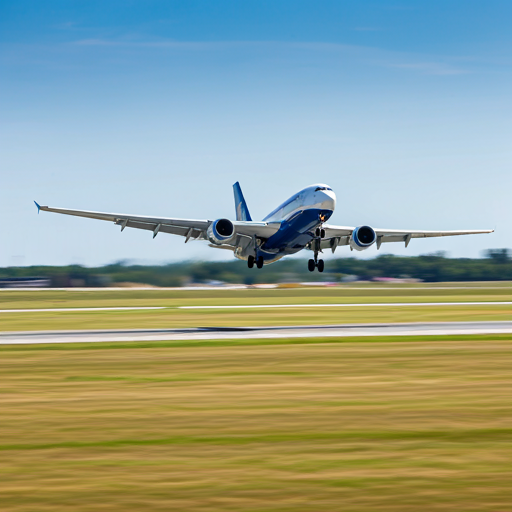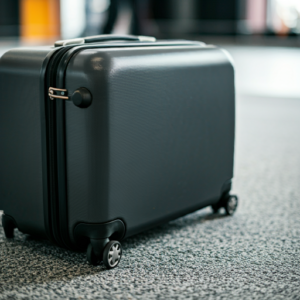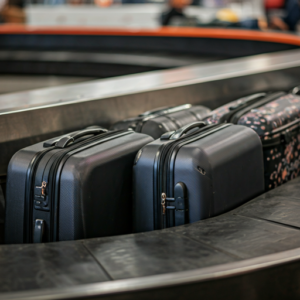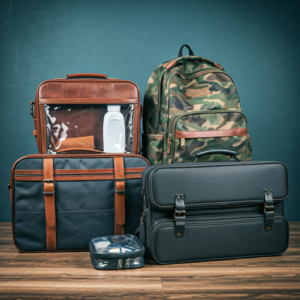Packing for a flight doesn’t have to be a daunting task. With the right strategy and these packing tips for flying, it can be a seamless part of your travel experience. Did you know that over 24 million bags go missing every year? Smart packing isn’t just about convenience; it’s about ensuring peace of mind and avoiding unnecessary hassle. Whether you’re a seasoned traveler or embarking on your first flight, these 10 essential packing tips for flying will help you travel smarter and stress-free.
Table of Contents
1. Plan Ahead for Packing Success
Preparation is the cornerstone of efficient packing. Begin with a detailed packing list tailored to your destination, climate, and activities. Research your airline’s baggage policies, as rules regarding size, weight, and fees can vary significantly. These packing tips for flying include deciding whether your trip calls for carry-on luggage or checked baggage. For shorter trips, carry-ons are often more efficient and eliminate the risk of lost luggage. A little forethought can save you time and stress at the airport.
Consider creating a capsule wardrobe that maximizes outfit combinations with minimal clothing. This saves space and reduces the weight of your luggage. Check the weather forecast for your destination to pack appropriately, ensuring you are prepared for any climate changes.
Incorporating packing cubes into your strategy can streamline the packing process, allowing you to organize and compartmentalize your belongings efficiently. These cubes save valuable space and keep your items neatly arranged, making it easier to locate specific items without having to unpack everything. The 5-4-3-2-1 packing method, which involves limiting your clothing to five sets of socks and underwear, four tops, three bottoms, two pairs of shoes, and one hat or accessory, is another useful approach. This method encourages packing light and helps you avoid overpacking.
When planning your packing list, don’t forget to include essential items like a travel-sized body wash, face wash, and hand sanitizer, which are crucial for maintaining hygiene during your travels. These packing tips for flying also suggest bringing a compact aid kit with basic first-aid supplies, which can be a lifesaver in unexpected situations. By being thorough in your preparation, you can ensure a stress-free travel experience and make the most of your luggage space.
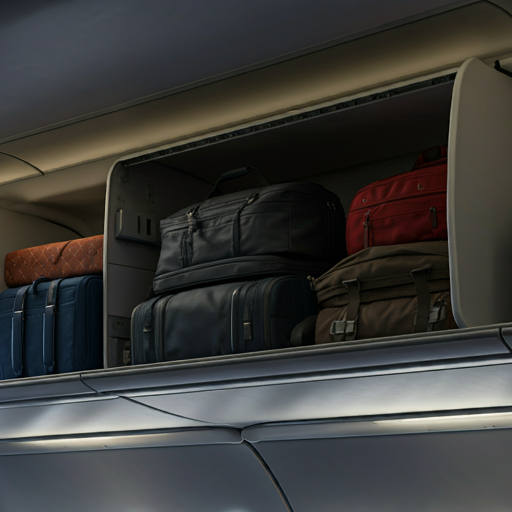
2. Choose the Right Luggage for the Journey
Selecting the right luggage is pivotal to a smooth travel experience. These packing tips for flying recommend hard-shell suitcases for superior protection of fragile items, while soft-shell options provide flexibility and are often lighter. Opt for luggage equipped with TSA-approved locks for added security during inspections. Lightweight carry-ons designed to fit within airline size restrictions are ideal for travelers aiming to avoid checked baggage fees. Consider durability, functionality, and size when choosing your travel companion.
Think about the type of trip you are taking when choosing luggage. A rolling suitcase is perfect for urban travel, while a backpack might be more suitable for adventure trips. Invest in luggage with expandable compartments for flexibility, especially if you plan to pick up souvenirs along the way.
Consider the color and design of your luggage, as distinctive styles can make it easier to spot your bags at baggage claim. Look for luggage with multiple compartments and pockets to organize your belongings and make items more accessible during your journey. For frequent travelers, investing in high-quality luggage with a reliable warranty ensures your bags withstand the rigors of frequent flying. If you’re planning international travel, ensure your luggage meets international size restrictions and accommodates varying climates and terrains. Consider the weight of the luggage itself; lighter options help you stay within airline weight limits, allowing you to pack more of what you need.
3. Pack Your Essentials in the Carry-On
Your carry-on should contain everything you’ll need to navigate potential travel hiccups. These packing tips for flying suggest including important documents like your ID, passport, tickets, and travel insurance. An emergency kit with medications, chargers, and basic toiletries can be a lifesaver during delays. Keep valuable items such as electronics, jewelry, and fragile belongings in your carry-on to ensure their safety.
To further streamline your travel experience, organize your carry-on with packing cubes, which help keep your items neatly arranged and easily accessible. Use one pair a travel wallet to store your documents, boarding pass, and cash, ensuring that all the essentials are within reach when you need them.
Think about packing in-flight comforts to enhance your air travel experience. Items like a neck pillow, eye mask, and noise-canceling headphones can make long flights more bearable. A small water bottle that you can refill after passing security is also a great addition to stay hydrated. Snacks such as protein bars or nuts are handy for when in-flight meals aren’t to your liking or for unexpected delays.
If you’re traveling with children, pack a few toys or books to keep them entertained. A tablet or laptop bag can store electronic devices and keep them safe. Download movies or shows beforehand, as in-flight Wi-Fi can be unreliable. A lightweight scarf or shawl can double as a blanket if the cabin gets chilly.
Consider the climate of your destination and pack an extra layer in your carry-on. These packing tips for flying suggest being prepared for any temperature changes upon arrival. By thoughtfully organizing your carry-on with all the essentials and a few comforts, you can ensure a more pleasant and stress-free flight.
4. Master the Art of Rolling vs. Folding Clothes
Efficient packing techniques, such as these packing tips for flying, can make a significant difference in how much you can fit in your luggage. Rolling clothes is a space-saving method that also minimizes wrinkles, making it ideal for casual wear. Packing cubes can further enhance organization and keep items compartmentalized. For bulkier or more structured items, folding is often the better choice. Placing these at the base of your suitcase creates a sturdy foundation.
Experiment with both rolling and folding to see which method works best for different types of clothing. Rolled clothes can be tucked into corners and crevices, maximizing luggage space, while folded items can be layered to create a flat surface, using minimal space and preventing shifting during transit.
Consider the fabric of your clothing when deciding between rolling and folding. Lightweight materials like cotton and polyester are perfect for rolling as they resist wrinkles and save space. Heavier fabrics like wool or denim are better suited for folding to maintain their shape. You can also use rubber bands to secure rolled or roll your clothes together, ensuring they stay compact and organized.
For those looking to pack light, rolling clothes can be particularly effective in carry-on bags, allowing you to fit more items in one bag without exceeding airline weight limits. This method not only saves valuable space but also makes it easier to find specific items without disrupting the entire packing arrangement. To further optimize your packing, incorporate a few multipurpose items that can be worn in different ways, reducing the overall number of garments needed for your trip.
By mastering the art of rolling vs. folding, you can apply packing tips for flying to pack efficiently and make the most of your luggage space, ensuring a stress-free travel experience.
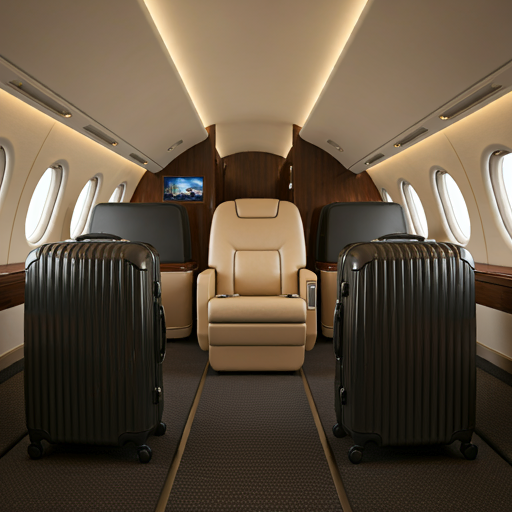
5. Follow TSA Guidelines for Liquids and Electronics
Compliance with TSA regulations is one of the most important packing tips for flying, helping you save time and avoid unnecessary inconvenience at security checkpoints. All liquids should be in containers of 3.4 ounces or less and stored in a clear, quart-sized bag. Electronics like laptops and tablets must be easily accessible for screening. Staying organized with these items ensures a smoother security process.
To avoid any last-minute surprises, familiarize yourself with the latest TSA guidelines before your trip. Consider packing a small, refillable water bottle that you can fill after passing through airport security again, ensuring you stay hydrated during your flight.
In addition to liquids and electronics, following essential packing tips for flying includes paying attention to other restricted items that may be subject to additional screening or not allowed in your carry-on bags and luggage. Items such as scissors, certain tools, and sporting equipment have specific guidelines that need to be followed. Review the TSA’s prohibited items list to ensure compliance and avoid delays.
If you’re traveling internationally, be aware that security regulations can vary by country. Research the guidelines of your destination to ensure a seamless transition through customs and security checkpoints. Being prepared with the right information can prevent unnecessary stress and keep your journey on track.
For a more efficient experience at the airport, consider enrolling in TSA PreCheck or Global Entry programs. These services offer expedited security screening, allowing you to keep your shoes and belts on and leave laptops and compliant liquids in your bag. This can significantly reduce wait times and enhance your overall travel experience.
Keep your boarding pass and ID easily accessible as you approach security. Following essential packing tips for flying, having these documents ready will expedite the process and help you move through the line more quickly. By adhering to TSA guidelines and preparing accordingly, you can ensure a stress-free start to your trip.
6. Use Multi-Purpose Items to Save Space
Maximizing luggage space starts with packing versatile items. Packing tips for flying suggest opting for clothing that can be mixed and matched for various outfits. Travel-sized toiletries that serve multiple purposes—like shampoo-conditioner combos—reduce bulk. Accessories like scarves or sarongs can double as blankets, pillows, or stylish additions to your wardrobe.
Incorporate multi-purpose items into a personal item on your packing list, such as a universal travel adapter, which can charge multiple devices simultaneously, or a lightweight sleeping bag liner that can be used as an extra layer on chilly flights or as a standalone sheet in warmer climates.
Consider packing a versatile jacket that can be worn in different weather conditions. Packing tips for flying include convertible pants that can transform into shorts, ideal for fluctuating temperatures and saving you from packing multiple pairs. A collapsible water bottle is another space-saving item that can be easily stored when a checked bag is not in use and filled once you’ve passed security.
Investing in a multi-purpose travel pillow that can also serve as a lumbar support or seat cushion will enhance comfort without taking up too much room in one bag. Another handy item is a foldable tote bag, perfect for carrying souvenirs or to bag of additional items you may acquire during your trip. These multi-purpose items not only save space but also reduce the weight of your luggage, making it easier to manage and helping you avoid excess baggage fees.
By strategically using waste space and selecting items that serve more than one function, you can apply essential packing tips for flying to pack lighter and more efficiently, ensuring you have everything you need without overloading your suitcase.
7. Protect Fragile Items with Smart Packing
Packing fragile items requires careful planning. Use soft clothing or bubble wrap to cushion delicate items, placing them in the center of your suitcase for added protection. The bundle packing method, where clothing surrounds fragile items, is one of the top packing tips for flying and provides extra security. If possible, keep breakables in your carry-on to avoid potential mishandling in checked luggage.
Consider using plastic bags to wrap individual fragile items, adding an extra layer of protection against impact and moisture. Label these items clearly to alert baggage handlers of their delicate nature.
In addition to using soft clothing and bubble wrap, packing cubes and plastic bags can create designated compartments for fragile items, ensuring they remain secure and minimizing movement during transit. When packing electronics or glassware, consider using specific cases or covers designed to absorb shock and prevent damage.
For travelers who frequently transport fragile items, investing in specialized luggage with built-in protective features, such as hard-shell exteriors or padded compartments, can offer peace of mind. Remember to distribute the weight of personal items evenly across your suitcase to maintain balance and prevent toppling.
If you’re transporting valuable or irreplaceable items, consider purchasing travel insurance that covers damage or loss. This added layer of protection can provide financial security and peace of mind throughout your journey.
When packing fragile items, avoid placing them near the edges of your luggage where they are more susceptible to impact. By following these packing tips for flying and taking these precautions, you can ensure your delicate belongings arrive safely at your destination.
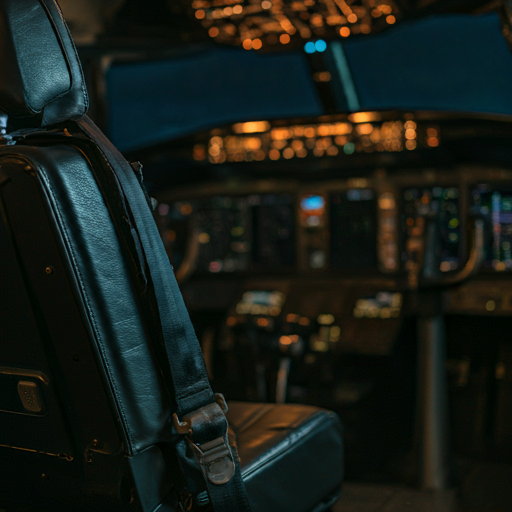
8. Utilize Space-Saving Packing Accessories
Space-saving tools can transform the way you pack, making your journey smoother. Vacuum-seal bags compress bulky clothing, which is one of the most useful packing tips for flying, especially for winter travel. Compression bags offer similar benefits without needing a vacuum, allowing for even more efficient packing. A lightweight laundry bag is another simple yet effective addition, perfect for separating clean clothes from dirty ones during your next trip.
Explore other packing accessories like rubber bands to secure rolled clothes or a compact toiletry bag that hangs in your hotel room, keeping essential toiletries organized and easily accessible. These little tricks are key packing tips for flying that help simplify the process.
Packing cubes are indispensable for organizing your suitcase, enabling you to categorize items by type or outfit. These cubes not only save space but also make it easier to locate specific items without unpacking your entire bag. Consider using a travel-sized jewelry organizer to keep accessories tangle-free and protected, which is a helpful tip for flying efficiently.
For tech-savvy travelers, a cable organizer is essential for preventing your phone charger, headphones, and other electronic accessories from becoming a tangled mess. This ensures that all your in-flight essentials are easily accessible and ready to use.
Another useful tool in packing tips for flying is the use of shoe bags or covers, which protect your clothes from dirt and keep your shoes neatly stored. This is especially useful for longer trips where multiple pairs of shoes are necessary.
Consider investing in a collapsible duffel bag that can be packed flat in your suitcase and used to carry extra items on your return trip. This small bag is particularly handy if you plan to shop or bring back souvenirs, providing extra luggage space without the need for additional checked bags.
By incorporating these space-saving accessories into your packing routine, you can maximize space, stay organized, and ensure a stress-free travel experience.
9. Prepare for Unexpected Situations
Travel often comes with surprises, and being prepared can make all the difference. Packing tips for flying suggest packing an extra outfit in your carry-on in case of delays or lost luggage. A compact first-aid kit with essentials like band-aids, pain relievers, and antiseptic wipes ensures you’re ready for minor emergencies. A portable charger is also crucial to keep your devices powered throughout your journey, making it an essential part of packing tips for flying.
For longer trips, consider packing a small sewing kit and a few extra buttons, which can be invaluable for quick wardrobe fixes. Hand sanitizer and face and hand wash are also essential for maintaining hygiene during your travels, key packing tips for flying.
Think about including a small flashlight or headlamp in your carry-on for unexpected power outages or late-night arrivals at your destination. A travel umbrella can also be a lifesaver if you encounter unexpected rain. Furthermore, a compact travel blanket or sleeping bag liner can provide warmth and comfort during long layovers or chilly flights, which are often overlooked packing tips for flying.
It’s wise to have a backup plan for accommodation and transportation in case of last-minute changes or cancellations. Save important contact numbers and addresses in a travel wallet or on your phone for easy access. Consider downloading offline maps of your destination to ensure you can navigate without internet access.
For those traveling internationally, keep a copy of your passport and important documents in a separate location from the originals. This precaution can expedite the process of obtaining replacements if needed. By anticipating potential challenges and preparing accordingly with these packing tips for flying, you can ensure a smoother and more enjoyable travel experience, no matter what surprises come your way.
10. Final Pre-Flight Checklist
Before heading to the airport, run through a final checklist to ensure nothing has been overlooked. Double-check your packing list to confirm that all essentials are accounted for. Weigh your luggage to ensure it complies with airline weight limits and avoid costly fees. Securely label your bags with your contact information to facilitate their return in case of loss, an important step when following packing tips for flying.
In addition to weighing your luggage, check the dimensions of extra baggage to ensure its compact size fits within the airline’s carry-on restrictions. Review your flight details, including departure time and terminal, to plan your arrival at the airport accordingly. These packing tips for flying will help avoid unnecessary stress and confusion.
It’s also important to verify that you have all necessary travel documents, such as your passport, visa, and boarding pass, readily accessible. Make sure your phone is fully charged and consider downloading any airline apps that might offer updates on your flight status or gate changes. Set aside some time to review your itinerary and confirm any transportation or accommodation arrangements at your destination.
For added peace of mind, make copies of important documents and store them separately from the originals. Consider setting up travel alerts with your bank to avoid any issues with accessing funds while abroad. Lastly, ensure you have a plan for getting to the airport, whether it’s arranging a ride or checking public transportation schedules, to avoid any last-minute stress. By following these packing tips for flying, you can ensure a smooth and stress-free start to your journey.
Conclusion – 10 Packing Tips for Flying
Packing for a flight doesn’t have to be stressful. By following these 10 packing tips for flying, you can streamline the process and focus on enjoying your journey. Organization, adherence to regulations, and thoughtful preparation are key to avoiding common travel pitfalls. Start implementing these packing tips for flying today and experience the difference of traveling smarter in 2024. Safe travels!
